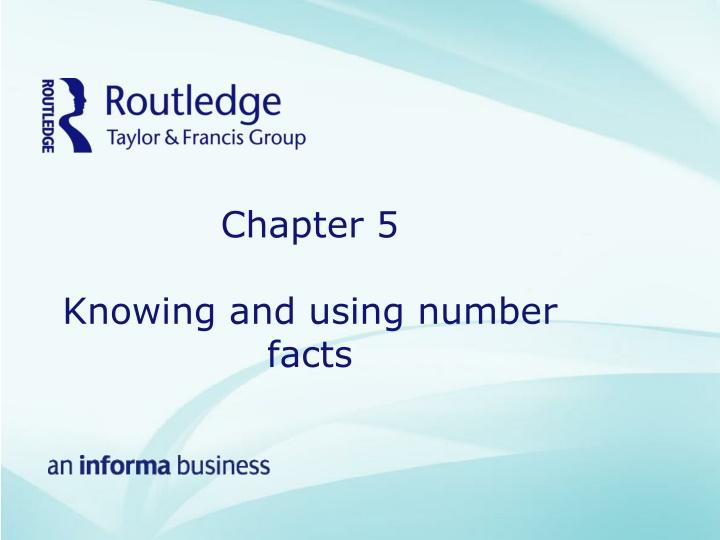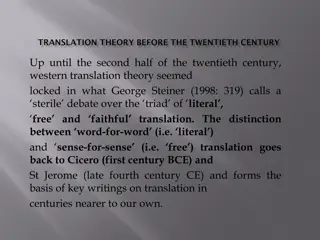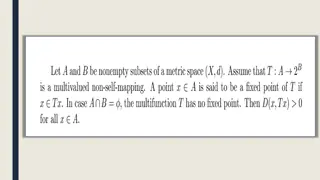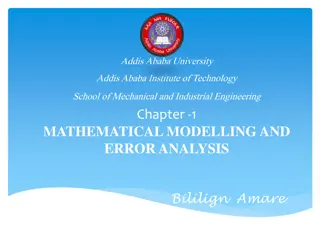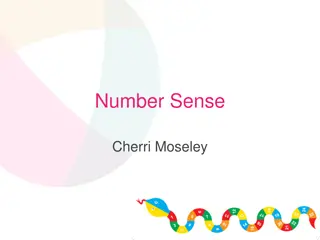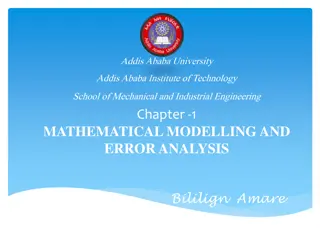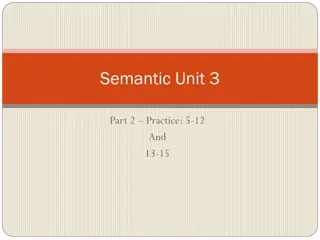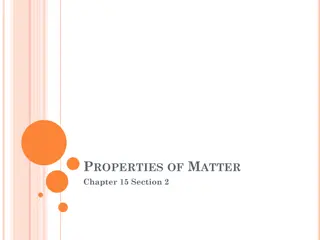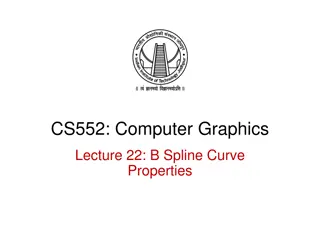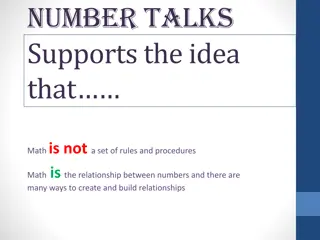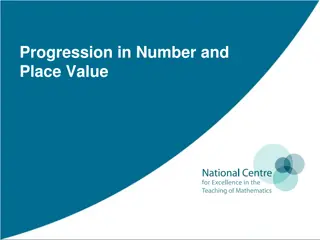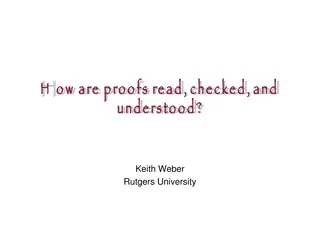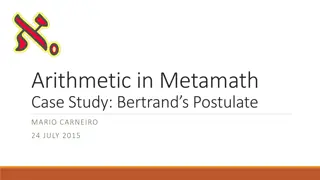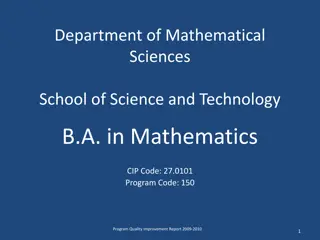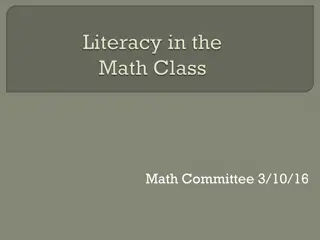Number Sense: Understanding Mathematical Properties
In this chapter, the importance of number sense is explored, focusing on how number patterns aid in remembering number facts. Activities are provided to help students utilize known facts to discover new ones. Concepts such as the commutative, distributive, and associative properties are discussed to enhance mental calculation abilities. Additionally, misconceptions and divisibility rules are addressed to strengthen mathematical understanding.
Download Presentation

Please find below an Image/Link to download the presentation.
The content on the website is provided AS IS for your information and personal use only. It may not be sold, licensed, or shared on other websites without obtaining consent from the author.If you encounter any issues during the download, it is possible that the publisher has removed the file from their server.
You are allowed to download the files provided on this website for personal or commercial use, subject to the condition that they are used lawfully. All files are the property of their respective owners.
The content on the website is provided AS IS for your information and personal use only. It may not be sold, licensed, or shared on other websites without obtaining consent from the author.
E N D
Presentation Transcript
Chapter 5 Knowing and using number facts
Chapter Summary The chapter introduces the idea of number sense It shows how important it is to support pupils in using number patterns to remember number facts It offers activities which can support pupils to use facts they know to develop new facts It outlines the rules which underpin the number system.
Number Sense Read the paper Fluency without fear on the companion website. Write a brief paragraph outlining your understanding of number sense.
Square numbers and triangle numbers These are the first 5 triangle numbers Add together consecutive triangle numbers. For example 1 + 3 = 4 3 + 6 = 9 What do you notice? Can you prove your assertion using a diagram
The commutative property For addition and multiplication we can write the numbers in any order. So 15 + 7 + 5 + 3 = 15 + 5 + 7 + 3 2 x 17 x 5 = 2 x 5 x 17 Why might this be helpful when carrying out calculations mentally?
The distributive property Rather than calculate 13 x 8 I can calculate (10 x 8) + (3 x 8) Use the distributive property to calculate 18 x 8 29 x 14 34 x 7 48 x 6
The associative property 8 x 5 x 2 = (8 x 5) x 2 = 8 x (5 x 2) Carry out the following calculations using the associative property 22 + 14 + 6 + 8 + 5 + 3 8 x 7 x 2 x 5
Misconceptions Tell me an even number which is also a prime number Tell me a multiple of 3 which is even Tell me a multiple of 10 that is in the 3 times table
Divisibility Rules If the last two digits of a number are divisible by 4 then the entire number is divisible by 4 If the last three digits of a number are divisible by 8 then the entire number is divisible by 8 Why do these rues work?
Observing the teaching of knowing and using number facts Watch the video Using a counting stick on the companion website: How does the counting stick help pupils memorise new facts by using facts they already know? How might you use the counting stick to model other aspects of the number system?
